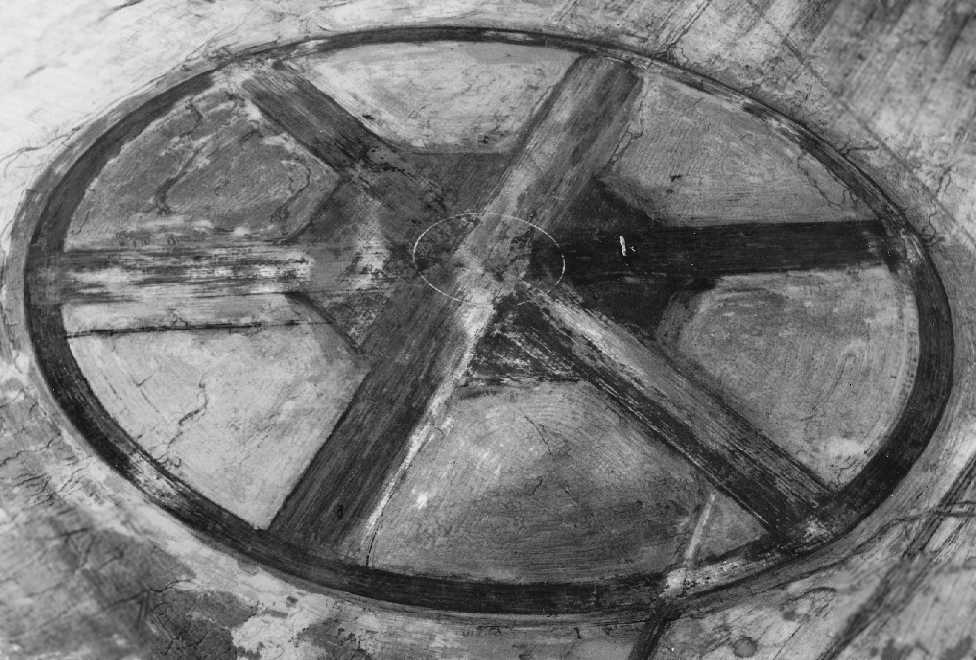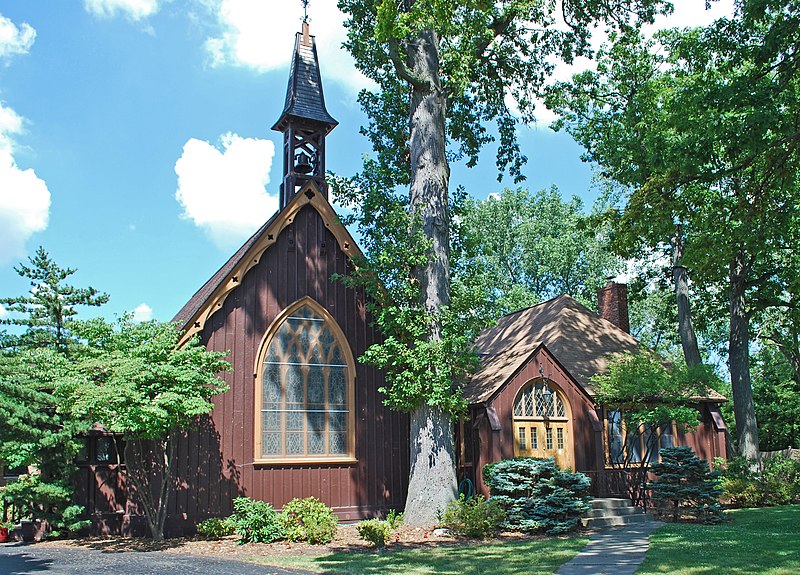I was wondering about this. I was tempted (still in early stages of training) to ask about flying tail draggers. My thought was since it seems more demanding, it would be easier to go over to trigear. Going the other way is more demanding and by then I thought I might have habits on landing that I would have to relearn and correct.
Right now I think trigear is demanding enough though. Also, am I wrong, or do tail draggers often have much less instruments on board?[/QUO
For me bragging rights is part of the reason I fly TW planes.
I found flying a taildragger more demanding than flying a tricycle gear plane.
For me, there is more to flying a tailwheel plane than just the ground handling. Many older tailwheel planes do not have flaps and are really pretty simple to operate. I would rather fly an airplane that is closer to lawn-mower technology than space-age technology. Again, these are what fits me. And, I know who I am.



